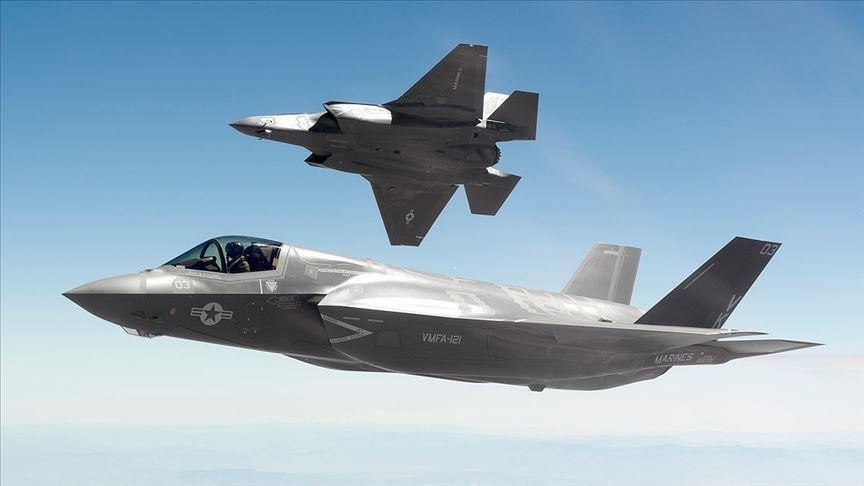US-made F-35 caught between high costs, advancing technology
US order reduction reignites debate over F-35 program’s high costs

- Rapid advancements in unmanned combat aircraft technology raise questions about long-term sustainability of F-35 program
ANKARA / ISTANBUL
As the US trims its fiscal 2026 F-35 Lightning II purchase from 74 to 47 aircraft, criticism of its soaring costs and concerns over long-term viability amid rapid drone development are gaining renewed attention.
Under the Department of Defense’s proposed budget, the F-35 order drops to 47 jets, with funds redirected to fleet upgrades, improved sustainment, and readiness — areas that have historically challenged the program.
Key logistical issues will be addressed, and the operational availability of the aircraft fleet will be increased.
The US defense budget also allocates funding to a number of projects, including the Golden Dome missile defense system, the 6th generation F-47 fighter jet, additional warships, as well as next-generation munitions and weapon systems.
US defense officials emphasize their continued commitment to the F-35 program and its role in ensuring air superiority for them and their allies despite the reduction in orders.
'World's most expensive weapons program'
Despite its technological superiority, the F-35 program faces a range of criticisms, primarily due to its high costs.
Its high costs impose a significant burden on both the US and international partners, generating social and political backlash.
The program’s lifecycle cost (including procurement, operation, and maintenance) is estimated to be around $2 trillion, with increases in the figure over the years remaining a key point of criticism.
This is why the F-35 is often referred to as “the world’s most expensive weapons program.”
While aircraft costs were expected to stabilize and decline after a certain point through the program, price fluctuations during procurement periods, additional payment demands, and related issues have raised doubts among purchasing countries.
High hourly operating and maintenance costs also place a burden on countries’ defense budgets.
The program’s concurrent production and testing strategy has also been criticized, as it has led to expensive design changes and improvements.
Countries have further voiced critical opinions regarding the program’s content, underlining that they cannot access open-source programs for aircraft development, leading to serious challenges in modernization, integrated logistics support, and after-sales maintenance and repair.
Delays in customer service related to schedules and timelines have also fueled complaints.
Technological pressure from unmanned aircraft
In addition to facing criticism over its cost, the F-35 is also pressured by technological competition.
Rapid advancements have been made in unmanned combat aircraft technologies in recent years, and emerging systems are expected to accompany existing 5th-generation aircraft, operate alongside them, and eventually replace them.
With their rapid development, capabilities, and cost efficiency, unmanned combat aircraft have intensified criticism over the F-35’s high costs and technical viability, raising questions about the long-term sustainability of the F-35 program.
Anadolu Agency website contains only a portion of the news stories offered to subscribers in the AA News Broadcasting System (HAS), and in summarized form. Please contact us for subscription options.







